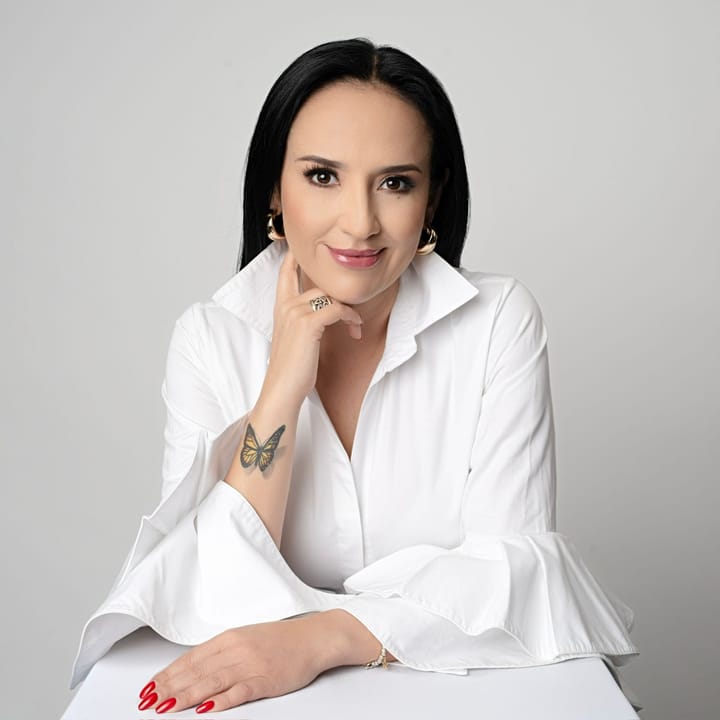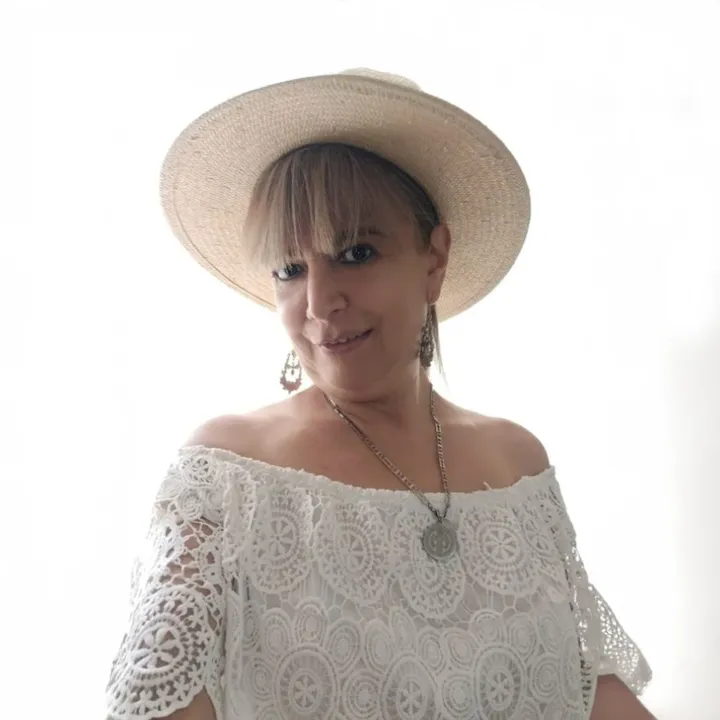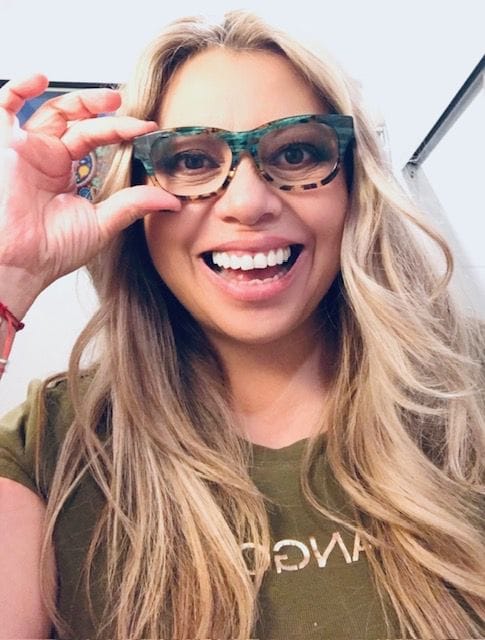By Juana Ramirez
The use of colored ribbons to represent a cause and show empathy with it dates back to 1973, when Americans inspired by the song Tie a Yellow Ribbon Round the Ole Oak Tree -Ate una cinta amarilla alrededor del viejo roble-, began to put yellow ribbons on trees to show solidarity with soldiers fallen in combat and over the years its use has spread to other countries as a symbol of solidarity with the victims and hostages of wars. In health, the yellow ribbon has been used to draw attention to various causes such as spina bifida, suicide prevention, endometriosis and childhood cancers, among others.
In 1992, thanks to the coincidence of the successful use of the red ribbon to symbolize the fight against HIV, which led the New York Times to declare 1992 as the "year of ties", and the initiative of the cosmetics company Estée Lauder using a pink ribbon to promote breast cancer prevention, which was later transferred even to historical monuments, the color pink became the symbol of those who fight against breast cancer: patients, families, oncologists and other health professionals, researchers, institutions, among others. This disease, which although it also attacks men in a small proportion, is a typically feminine ailment, today holds the sad record of being the main cause of death by cancer in Mexico.
But what is behind the communication success of the "pink October"?
Let's not forget that more than 80% of purchasing decisions in domestic consumption are made by women. That is why it is highly convenient to paint pink or put a ribbon on products as varied as detergents, clothing, personal care products, food, accessories, school supplies and even hardware materials. Some of them promise to donate in some proportion to foundations, hospitals and other civil society organizations fighting the disease. It is well known by marketing experts that a woman is more likely to choose a product presented in pink over other colors, especially if there is also a connection with a solidary cause that connects the consumer with your product... and yes, the fight against breast cancer is an excellent tool to see an increase in sales of products and services during the month of October, just as in the month of LGTBQ+ pride begins to be used in the same way by brands.
But well, there is nothing wrong with that if, indeed, the resources are allocated to the prevention of the disease and support for those who suffer from it. However, have you ever wondered what 80% of cancer patients, whose diagnosis is not the famous pink cancer, feel? For them, there are far fewer civil organizations, programs, coverage and help.
Now, if the concern about women's health is genuine, why not take advantage of the pink wave to broaden the conversation about other women's health problems: fibroadenomas, for example, so common in women under 30 years of age and which would help us to draw attention to this age group that normally thinks that self-exploration is not yet their turn, although in Mexico 14% of breast cancer diagnoses occur in women between 27 and 35 years of age. Breast cysts are also frequent and the need to see a specialist is just as important.
Cancer is not a rosy story. Even for those who manage to survive, a real struggle begins from the moment of diagnosis: against the disease, its symptoms, the effects of aggressive treatments that have physical and emotional effects, not only because of chemotherapy, but also because of the emotional burden of suffering radical changes in their physical appearance, such as hair loss or even mutilation of body parts. Many families break up, lose their property and totally alter their lives in the search for healing options.
Here I am going to sound even more bitter, but have you thought about the patients that could be supported by the resources that go to "the pink run", the lighting of monuments, the awareness events attended only by survivors and health professionals...very cool, but I assure you that the world is changed one life at a time and for many patients that money could save their lives.
Do you have resources for this type of causes? Here are some ideas:
- Earmark not just one month but the entire year to support a cancer organization. Make sure that organization will use your resources to directly support patients, promote prevention and early diagnosis - hopefully it can even share with you the number of people reached with a clinical trial - and avoid organizations that use donations only for marketing campaigns.
- Don't just talk about breast cancer, redistribute efforts to work for all types of cancer and for all patients regardless of age, gender, employment status or socioeconomic level.
- Activate a relentless fight - starting with your own habits - against scientifically proven carcinogens such as tobacco use.
Just like life itself, cancer is a disease of many colors and it is closer to you every day , are we serious about it?

The opinions expressed are the responsibility of the authors and are absolutely independent of the position and editorial line of the company. Opinion 51.






Comments ()